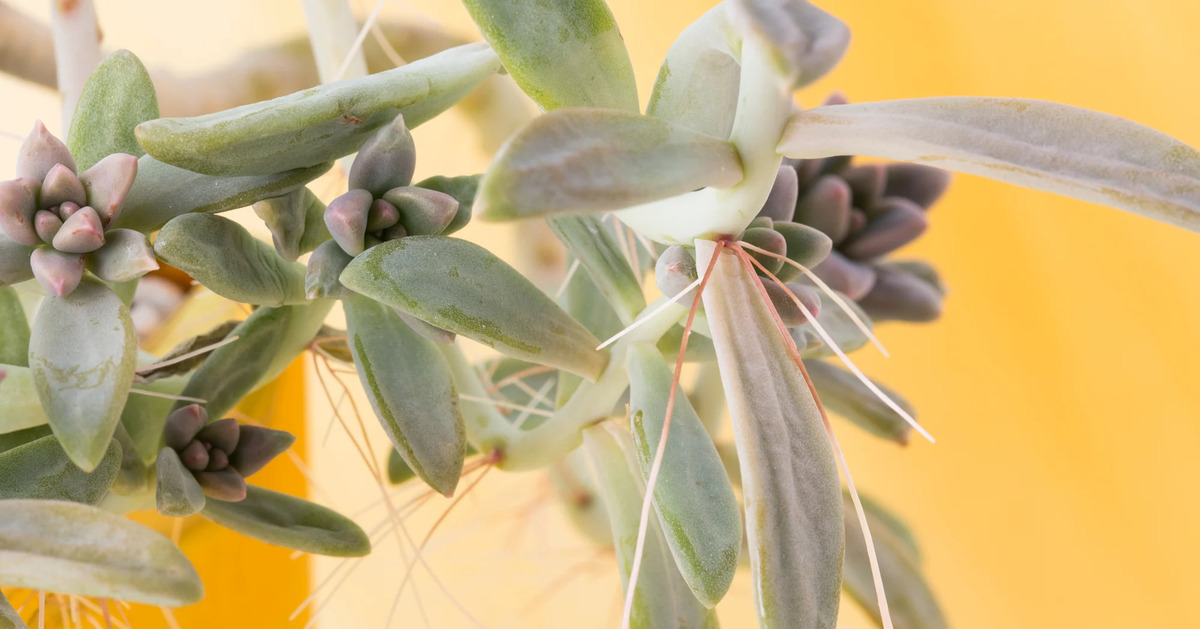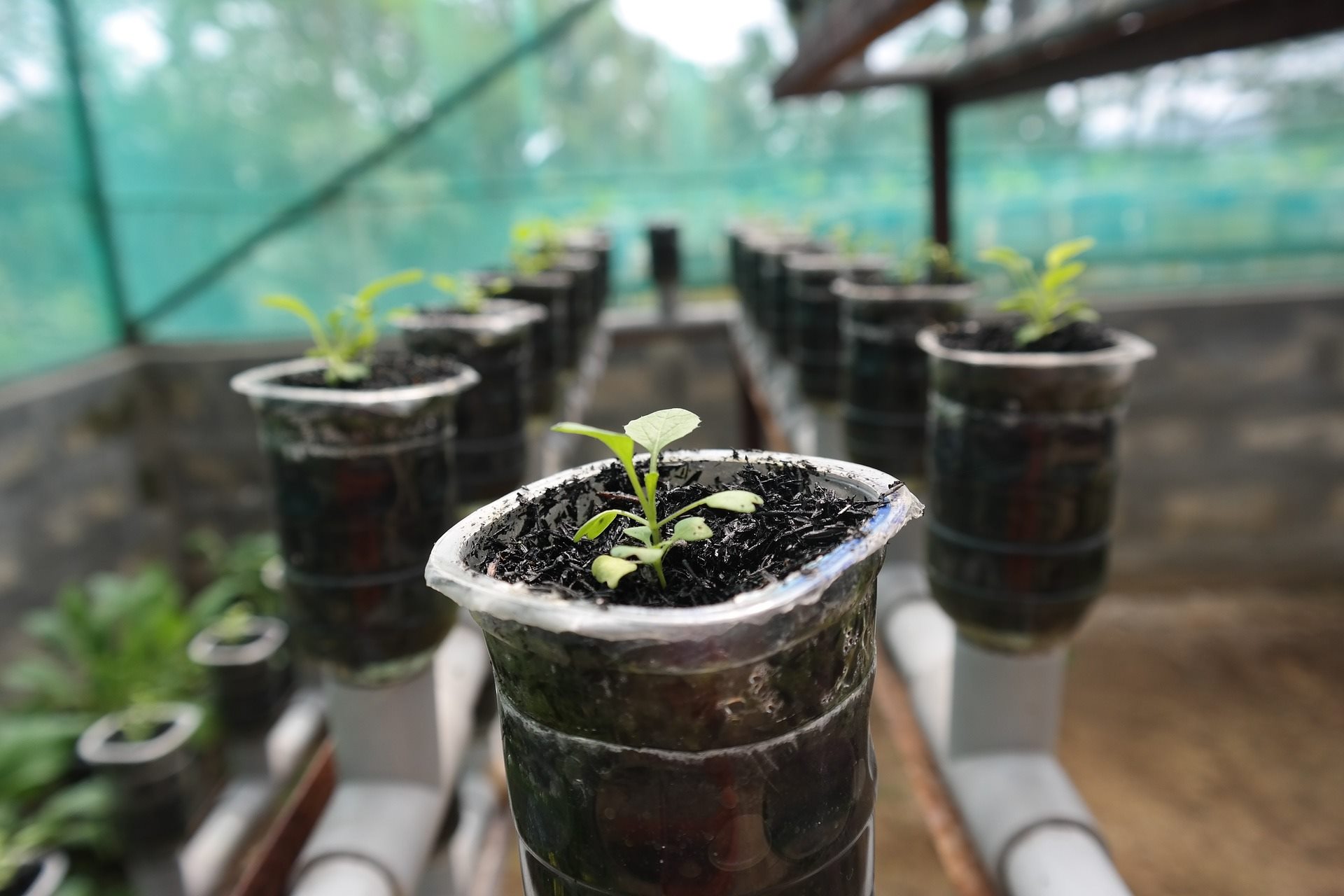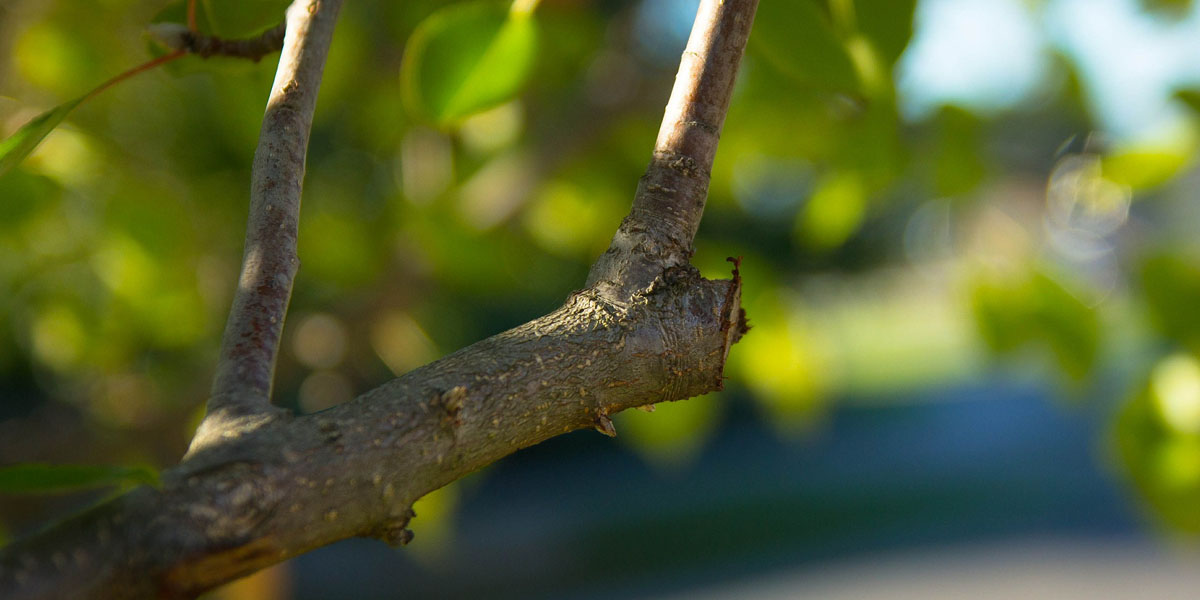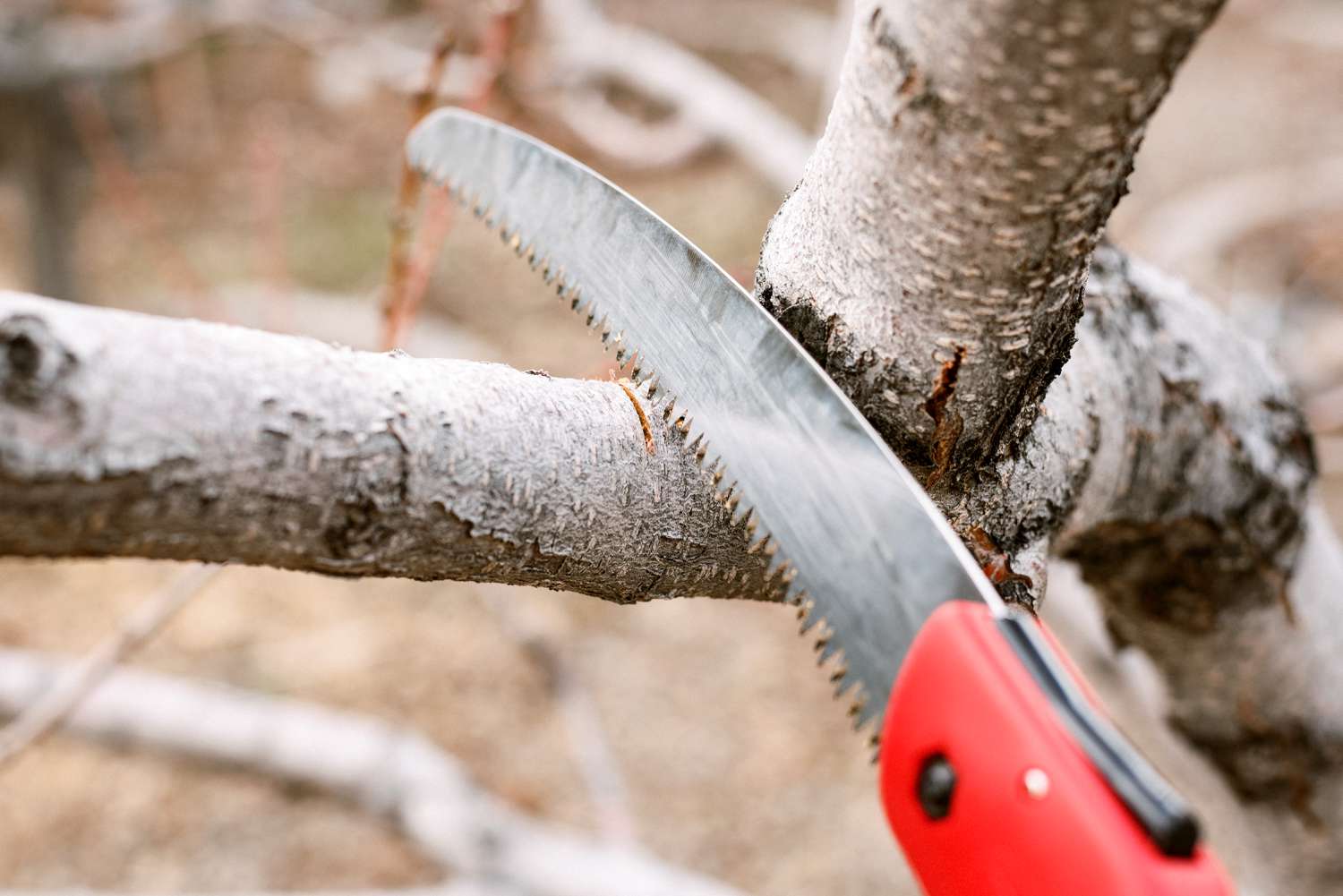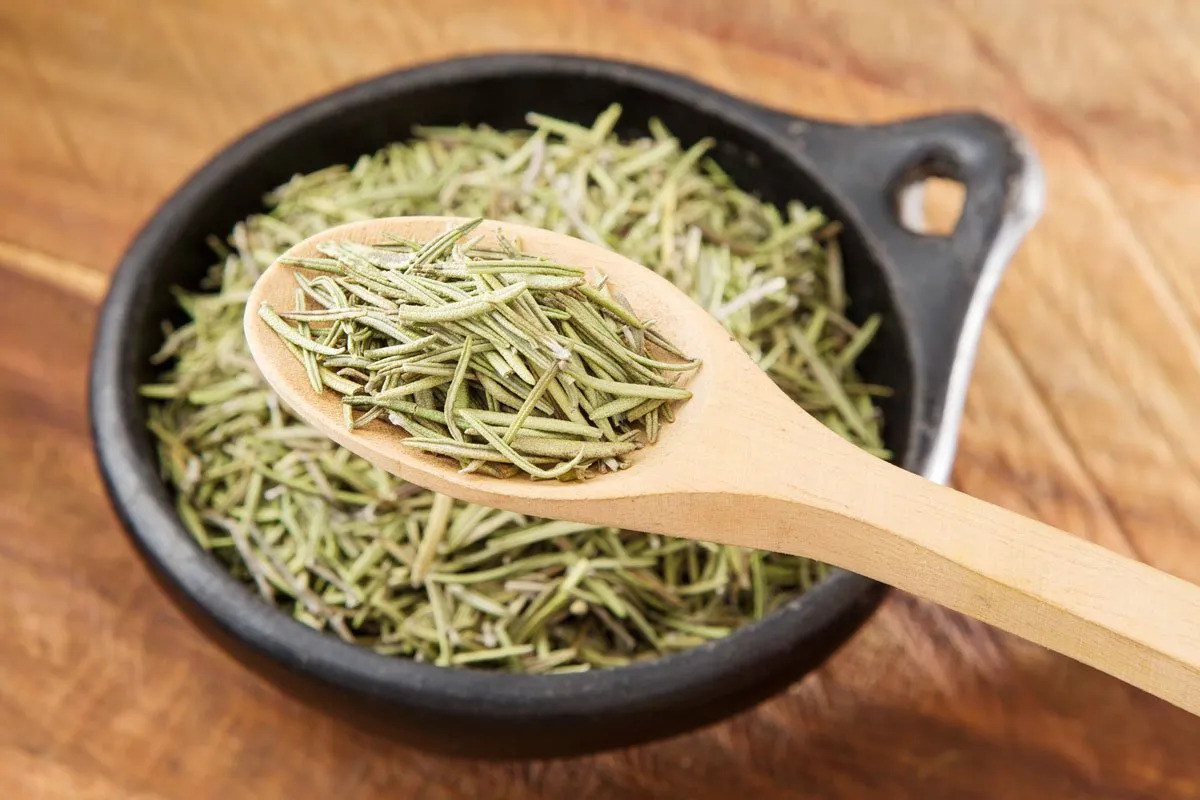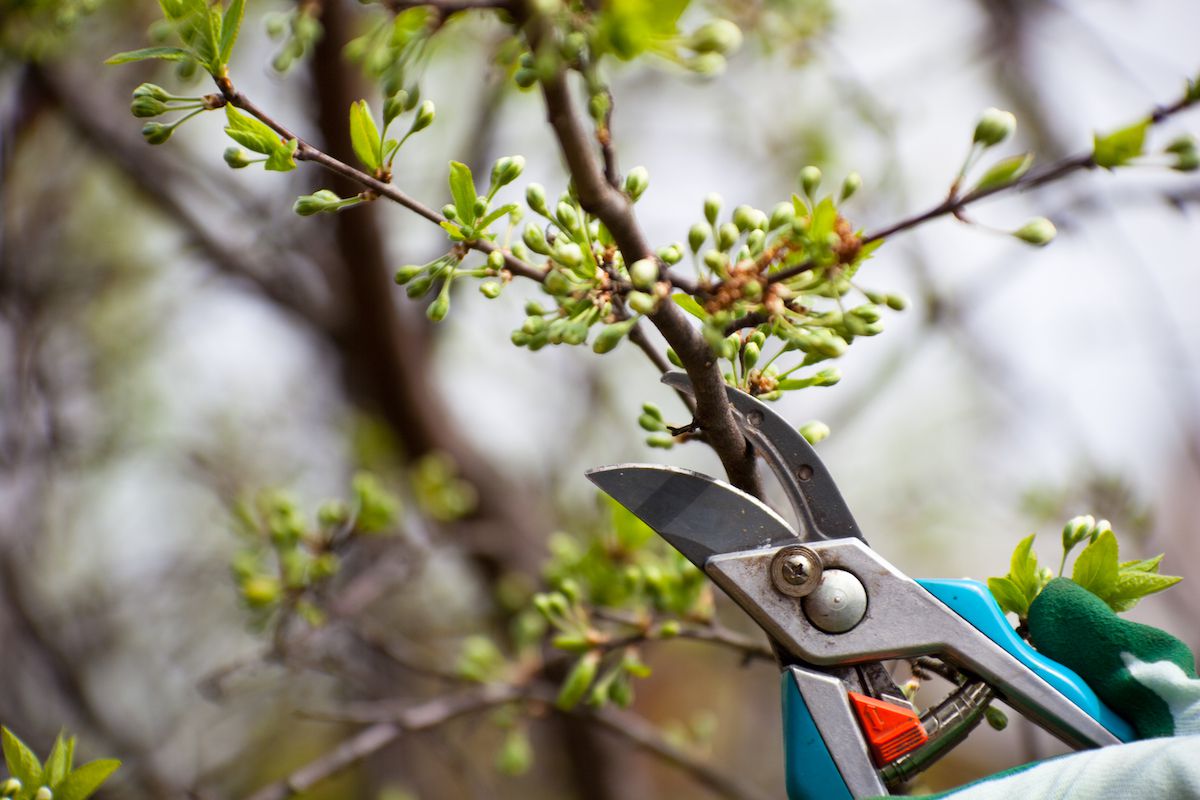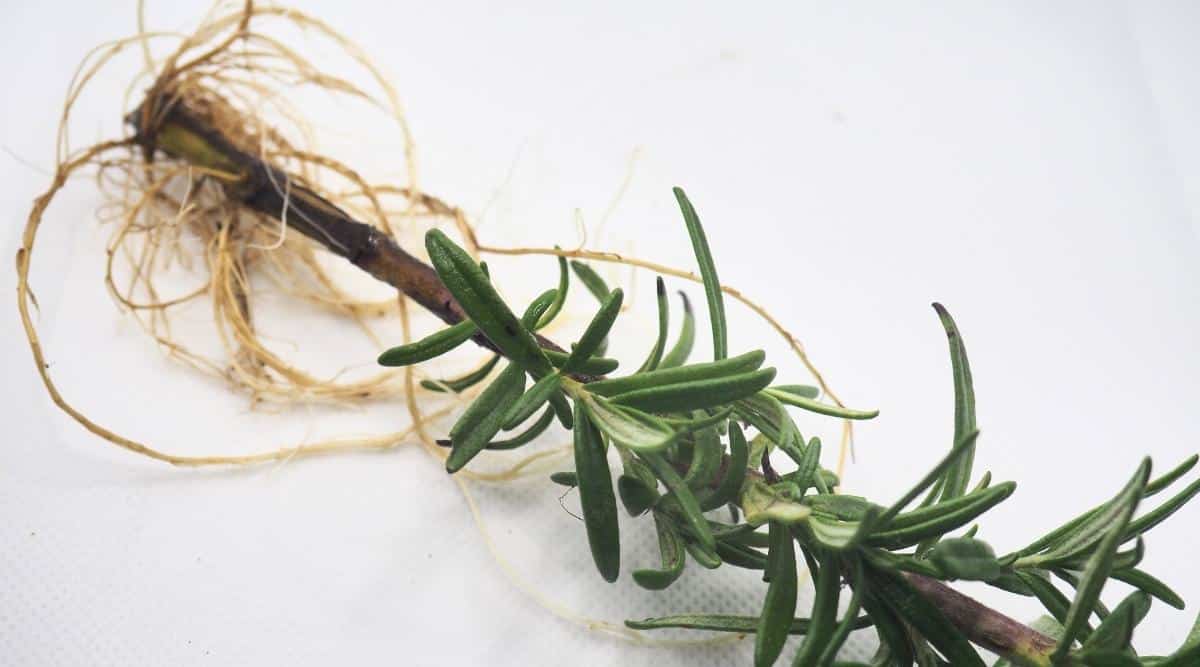Home>Gardening Techniques>Plant Care>What Is Air Root Pruning


Plant Care
What Is Air Root Pruning
Modified: January 22, 2024
Learn how air root pruning can benefit your plants and improve plant care. Discover the key techniques and benefits of air root pruning for healthy and robust plants.
(Many of the links in this article redirect to a specific reviewed product. Your purchase of these products through affiliate links helps to generate commission for Chicagolandgardening.com, at no extra cost. Learn more)
Table of Contents
Introduction
Welcome to the wonderful world of plant care! Whether you are a seasoned gardener or just starting out, understanding the best practices for nurturing healthy plants is essential. One important aspect of plant care that often goes overlooked is root health. The roots play a vital role in a plant’s overall well-being, serving as the foundation for nutrient absorption and anchoring the plant securely in the soil.
In recent years, a technique called air root pruning has gained popularity among horticulturists and gardening enthusiasts. This innovative method has revolutionized the way we think about root development and offers numerous benefits for plants of all kinds. In this article, we will explore the concept of air root pruning, how it works, its benefits, when to use it, and how to perform it effectively.
But first, let’s define air root pruning. Simply put, air root pruning is a technique that encourages the growth of healthy and robust roots by utilizing air instead of conventional pots or containers. Traditionally, plants grown in containers experience root circling or becoming pot-bound as the roots encounter the container walls. This can lead to numerous issues such as decreased nutrient uptake, water retention problems, and limited growth potential.
In contrast, air root pruning promotes the development of a fibrous and well-branched root system. When roots come into contact with air, they undergo what is known as “air pruning.” This process stimulates the growth of secondary roots, preventing them from circling or becoming pot-bound. As a result, plants with air-pruned roots are better equipped to absorb nutrients, water, and oxygen, which in turn promotes healthier and more vigorous growth.
The benefits of air root pruning are far-reaching. Firstly, it promotes a denser root system, allowing plants to efficiently access water and nutrients from the soil. This enhanced absorption capability leads to improved overall plant health and can result in higher crop yields for gardeners. Additionally, air root pruning reduces the risk of root disease, as the properly pruned roots are less susceptible to pathogens and rot. This method is particularly beneficial for container gardening, as it helps prevent the roots from becoming bound and ensures optimal growth in limited spaces.
Definition of Air Root Pruning
Air root pruning is a technique used in horticulture and gardening to promote the healthy growth of plant roots. It involves exposing the plant’s roots to air, which stimulates the process of “air pruning.” This method encourages the development of a well-branched and fibrous root system, preventing root circling or entanglement.
Traditionally, when plants are grown in containers or pots, their roots tend to grow in a circular pattern as they reach the container walls. This circling can lead to root-bound plants, where the roots become tightly tangled and fail to efficiently absorb water, nutrients, and oxygen. Air root pruning addresses this issue by promoting lateral root growth, resulting in a more extensive and efficient root system.
During air root pruning, plants are grown in containers specifically designed to facilitate the exposure of roots to air. These containers often feature air-permeable sides or are made of materials like fabric or smart pots that allow air to penetrate. As the roots grow and reach the container’s air-permeable areas, they are exposed to oxygen, triggering a natural response that prevents further elongation and encourages branching. This process redirects the plant’s energy towards the development of secondary roots, resulting in a denser and healthier root structure.
Air root pruning is especially valuable for container gardening, where space limitations require plants to be grown in confined areas. By utilizing air root pruning techniques, gardeners can maximize the growth potential of container plants and ensure optimal root health. This method is commonly used for a wide range of plants, including flowers, vegetables, herbs, and even trees.
The concept of air root pruning has been studied and refined by horticulturists and plant scientists for many years. Through experimentation and observation, they have determined that the exposure of roots to air when properly timed and controlled leads to stronger, healthier, and more resilient plants. By promoting lateral root growth and preventing root circling, air root pruning significantly improves a plant’s ability to absorb nutrients, water, and oxygen, resulting in overall enhanced growth, vitality, and productivity.
How Air Root Pruning Works
Air root pruning works by redirecting the growth of plant roots, promoting lateral branching and preventing root circling or entanglement. This technique utilizes containers or pots that allow the roots to be exposed to air, triggering a natural response that stimulates the development of secondary roots.
When plants are grown in traditional containers, the roots tend to follow a circular pattern as they reach the container walls. This circling can lead to root-bound plants, where the roots become constricted and fail to effectively absorb water and nutrients. Air root pruning addresses this issue by interrupting the circular growth pattern and promoting a more extensive and efficient root system.
The containers used for air root pruning are designed to have air-permeable sides or are made of breathable materials. These containers ensure that the roots are exposed to air when they reach the container walls. As the roots encounter the air, they undergo a process known as air pruning.
Air pruning occurs when the tips of the roots encounter dry air. Instead of continuing to grow in length, the root tips stop elongating and start to develop new lateral roots. These lateral roots emerge and spread horizontally, creating a dense network of fibrous roots that efficiently absorb water and nutrients from the surrounding soil.
By encouraging lateral root growth, air root pruning prevents the formation of root-bound plants. Instead of having a few long, circling roots, plants grown using this technique will have numerous shorter, well-branched roots that can effectively explore the soil for resources.
Additionally, the exposure to air during the pruning process stimulates the development of root hairs. These tiny extensions on the root surface increase the root’s surface area, allowing for an even greater absorption of water and nutrients.
Overall, air root pruning works by mimicking the natural environment where roots encounter air pockets as they grow. By stimulating lateral root growth and preventing root circling, this technique enables plants to develop a robust and efficient root system, which in turn supports healthier growth and improves overall plant health.
Benefits of Air Root Pruning
Air root pruning offers numerous benefits for plants and gardeners alike. By promoting the growth of a fibrous and well-branched root system, this technique enhances overall plant health and provides a range of advantages.
One of the key benefits of air root pruning is improved nutrient and water absorption. The dense network of lateral roots that develops as a result of air root pruning allows plants to efficiently extract water and essential nutrients from the soil. This increased absorption capacity translates into healthier plants, improved growth rates, and higher crop yields for gardeners.
Furthermore, air root pruning reduces the risk of root disease. When roots become bound or circled in conventional containers, they are more prone to fungal infections, root rot, and other pathogens. By promoting healthy root development through air pruning, plants are less susceptible to these issues. The well-aerated root system allows for better water drainage and oxygen circulation, creating an environment that is unfavorable for disease-causing organisms.
Another advantage of air root pruning is that it allows for better root-to-soil contact. When roots are properly pruned and well-branched, they can more effectively explore the soil and seek out available nutrients. This leads to improved nutrient uptake, which is crucial for plant growth and development.
Air root pruning is particularly beneficial for container gardening. In traditional containers, plants can become root-bound, restricting their growth and limiting their ability to access necessary resources. Air root pruning prevents root circling and entanglement, ensuring that plants remain healthy and continue to grow optimally in confined spaces.
Additionally, air root pruning promotes a stronger and more stable root system. The well-branched roots that result from this technique provide better anchorage for plants, reducing the risk of toppling or uprooting during periods of strong winds or heavy rain.
Lastly, air root pruning offers a sustainable approach to plant cultivation. By using containers that encourage air pruning, gardeners can reduce their reliance on plastic pots, which are often non-biodegradable and contribute to environmental waste. Adopting air root pruning methods allows for more eco-friendly gardening practices.
In summary, the benefits of air root pruning include improved nutrient and water absorption, reduced risk of root disease, enhanced root-to-soil contact, optimized growth in limited spaces, stronger and more stable plants, and a sustainable approach to gardening. By utilizing this technique, gardeners can foster healthier plants, increase crop yields, and support sustainable gardening practices.
When to Use Air Root Pruning
Air root pruning can be applied in various gardening and horticultural scenarios, offering the flexibility to address specific needs and challenges. Understanding when to utilize air root pruning can help optimize plant growth and ensure the best possible outcome for your garden.
One of the primary situations where air root pruning is beneficial is in container gardening. When plants are grown in containers, they are more prone to becoming root-bound as their roots reach the container walls. Air root pruning prevents this issue by redirecting root growth and promoting lateral branching. Therefore, if you are planning to grow plants in pots, particularly in smaller or restricted spaces such as balconies or patios, air root pruning is highly recommended.
Air root pruning is particularly useful for plants that have a tendency to develop aggressive and circling roots. Certain species, like bamboo or some types of trees, are notorious for their vigorous root growth. By implementing air root pruning techniques, you can prevent the roots from becoming tangled and restricting the plant’s growth potential.
In addition, air root pruning is advantageous when transplanting seedlings or young plants into larger containers or garden beds. Transplant shock can occur when plants are moved from a small, confined environment to a larger one, as the roots struggle to adjust. By pre-conditioning the roots through air root pruning before transplantation, you can minimize transplant shock and help the plants establish themselves more quickly and effectively.
Air root pruning is also beneficial in hydroponic or aeroponic growing systems. These systems rely on the efficient delivery of nutrients and oxygen to the plant roots. By promoting a well-branched and oxygen-rich root system through air root pruning, plants can thrive in these soilless growing environments and achieve optimal growth and productivity.
Lastly, air root pruning can be employed to rejuvenate or rescue plants that are showing signs of restricted growth or root problems. Plants that have become root-bound may exhibit stunted growth, yellowing leaves, or a decline in overall health. By carefully air pruning the roots and repotting the plant in a suitable container, you can rejuvenate the root system and give the plant a fresh start.
In summary, air root pruning is beneficial when growing plants in containers, dealing with species prone to aggressive root growth, transplanting seedlings, utilizing hydroponic systems, or rejuvenating struggling plants. By applying air root pruning techniques in these situations, you can optimize root health, promote better plant growth, and increase the likelihood of gardening success.
How to Perform Air Root Pruning
Performing air root pruning involves a few simple steps and requires the use of containers specifically designed to facilitate root exposure to air. By following these guidelines, you can effectively implement air root pruning and promote the healthy growth of your plants.
1. Select the right container: Choose containers that have air-permeable sides or are made of breathable materials. Fabric pots, smart pots, or containers with mesh sides are excellent options. These containers allow air to flow through and come into contact with the roots.
2. Prepare the container: Fill the container with a suitable growing medium, such as a well-draining potting mix or a specialized soil blend. Ensure the soil is adequately moist before planting.
3. Plant your seedling or transplant your plant: Make a hole in the soil and carefully place the seedling or root ball into the container, ensuring the roots are spread out as much as possible. Gently backfill the soil, ensuring that the plant is securely positioned.
4. Encourage root exposure to air: As the plant grows, monitor the root development and ensure that the roots come into contact with the air-permeable sides of the container. This will stimulate air pruning. If necessary, gently tease out the root tips to encourage branching.
5. Regularly inspect and trim the roots: Over time, the roots may start to reach the sides of the container. At this stage, you can trim the roots that have circled back or become too long. Use sterilized scissors or pruning shears to make clean cuts. This will promote the development of new lateral roots and prevent further circling.
6. Maintain proper watering and nutrient levels: It is essential to provide adequate water and nutrients to support healthy root and plant growth. Regularly monitor the soil moisture and adjust your watering schedule accordingly. Be sure to apply fertilizers or nutrients as needed to promote optimal plant health.
7. Repot as necessary: Depending on the plant’s growth and the container’s size, you may need to repot the plant into a larger container to provide ample space for continued root growth. When repotting, be sure to trim any circling or tangled roots to encourage fresh growth.
By following these steps, you can effectively perform air root pruning, ensuring that your plants develop a robust and well-branched root system. Remember to monitor the growth of your plants and make adjustments as necessary to support their overall health and vitality.
Considerations for Air Root Pruning
While air root pruning can be highly beneficial for promoting healthy root development, there are some important considerations to keep in mind to maximize its effectiveness and ensure successful implementation.
1. Container Size: The size of the container is crucial for air root pruning. The container should provide enough space for root growth and allow for root exposure to air. If the container is too small, the roots may become bound and restrict proper growth. On the other hand, if the container is too large, the benefits of air root pruning may be diminished. Select a container that is proportionate to the size and growth requirements of the plant.
2. Watering and Drainage: Proper watering is essential for air root pruning. It is important to strike a balance and avoid overwatering or underwatering the plant. Overwatering can lead to root rot and other issues, while underwatering can cause the roots to dry out. Ensure that the container has adequate drainage holes to prevent water from pooling and sitting around the roots.
3. Root Inspections: Regularly inspect the root system to monitor for circling or entangled roots. This is especially important as the plant grows and matures. Trim any roots that are circling or becoming too long. This will encourage the development of new lateral roots and prevent the root system from becoming tangled or pot-bound.
4. Transplanting: When transplanting plants that have undergone air root pruning, it is essential to handle the roots with care. Avoid excessive jostling or damage to the root system during the transplanting process. Be gentle when removing the plant from the container, and ensure that the roots are well-spread and properly positioned in the new growing medium.
5. Nutrient Considerations: While air root pruning promotes efficient absorption of nutrients, it is still important to provide adequate nutrition. Consider using a balanced fertilizer or organic supplements to ensure that the plant is receiving the necessary nutrients for healthy growth. Follow the manufacturer’s guidelines for application rates and frequencies.
6. Environmental Conditions: Take into account the specific environmental conditions that your plants require. Factors such as light intensity, temperature, and humidity can affect root growth and overall plant health. Provide the appropriate conditions to optimize root development alongside other aspects of successful plant cultivation.
7. Plant Selection: Not all plants may respond equally well to air root pruning. Some species may have more delicate or sensitive root systems that may not benefit from this technique. Research and select plants that are known to respond positively to air root pruning or consult with a horticulturist for guidance on suitable plant choices.
By considering these factors and taking the necessary precautions, you can ensure that air root pruning is implemented effectively and results in healthy and thriving plants.
Conclusion
Air root pruning is a game-changer when it comes to promoting healthy root development and optimizing plant growth. By utilizing containers that expose the roots to air, air root pruning redirects root growth, prevents circling, and promotes the formation of a well-branched and efficient root system.
The benefits of air root pruning are manifold. It improves nutrient and water absorption, reduces the risk of root disease, enhances root-to-soil contact, enables growth in limited spaces, ensures stable and strong plants, and contributes to sustainable gardening practices.
When implementing air root pruning, it is important to consider factors such as container size, proper watering and drainage, regular root inspections, careful transplanting, nutrient requirements, environmental conditions, and plant selection. Adhering to these considerations will help maximize the benefits and success of air root pruning.
By embracing air root pruning techniques, gardeners can experience better plant health, increased crop yields, and more sustainable gardening practices. Harness the power of air root pruning and witness the wonders it can do for your plants.
